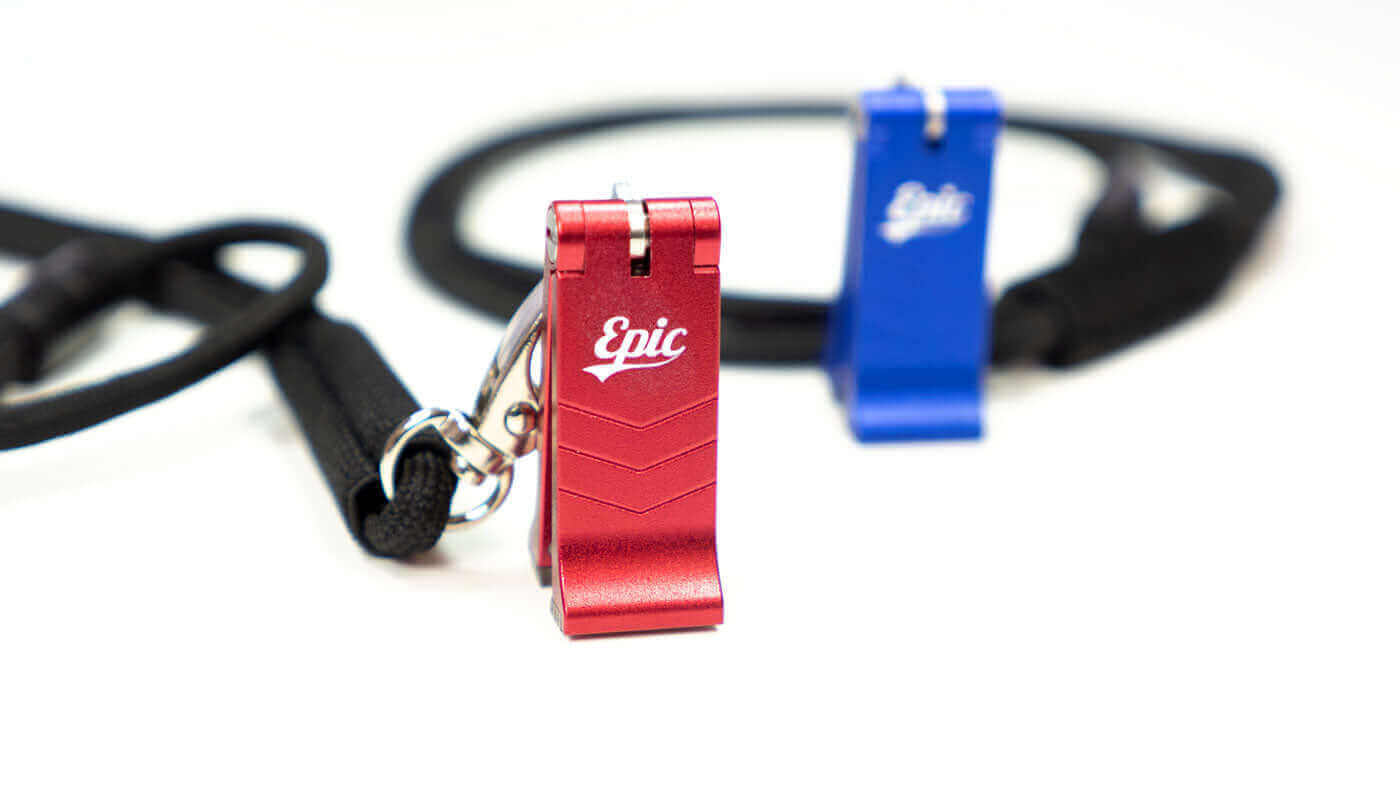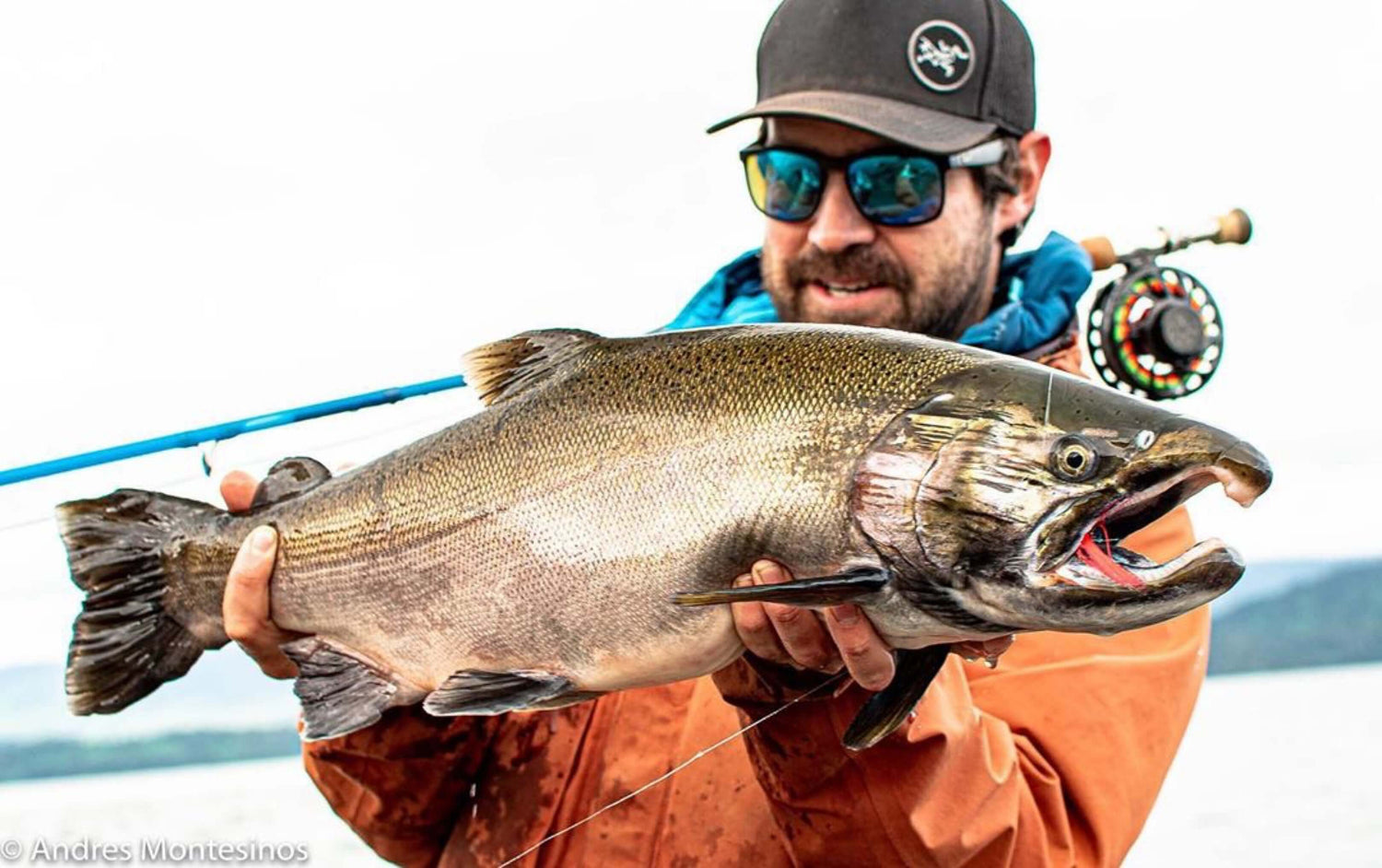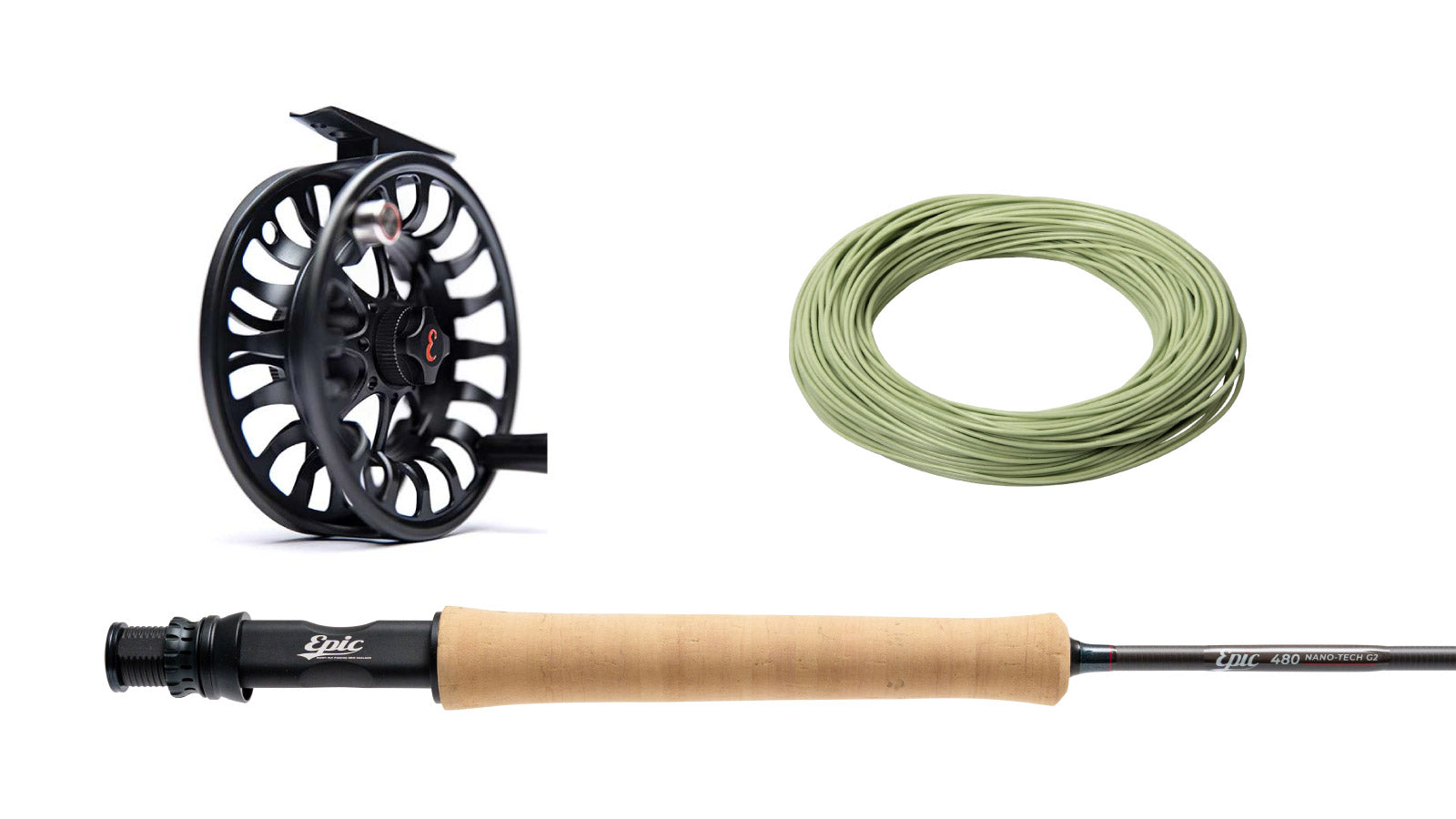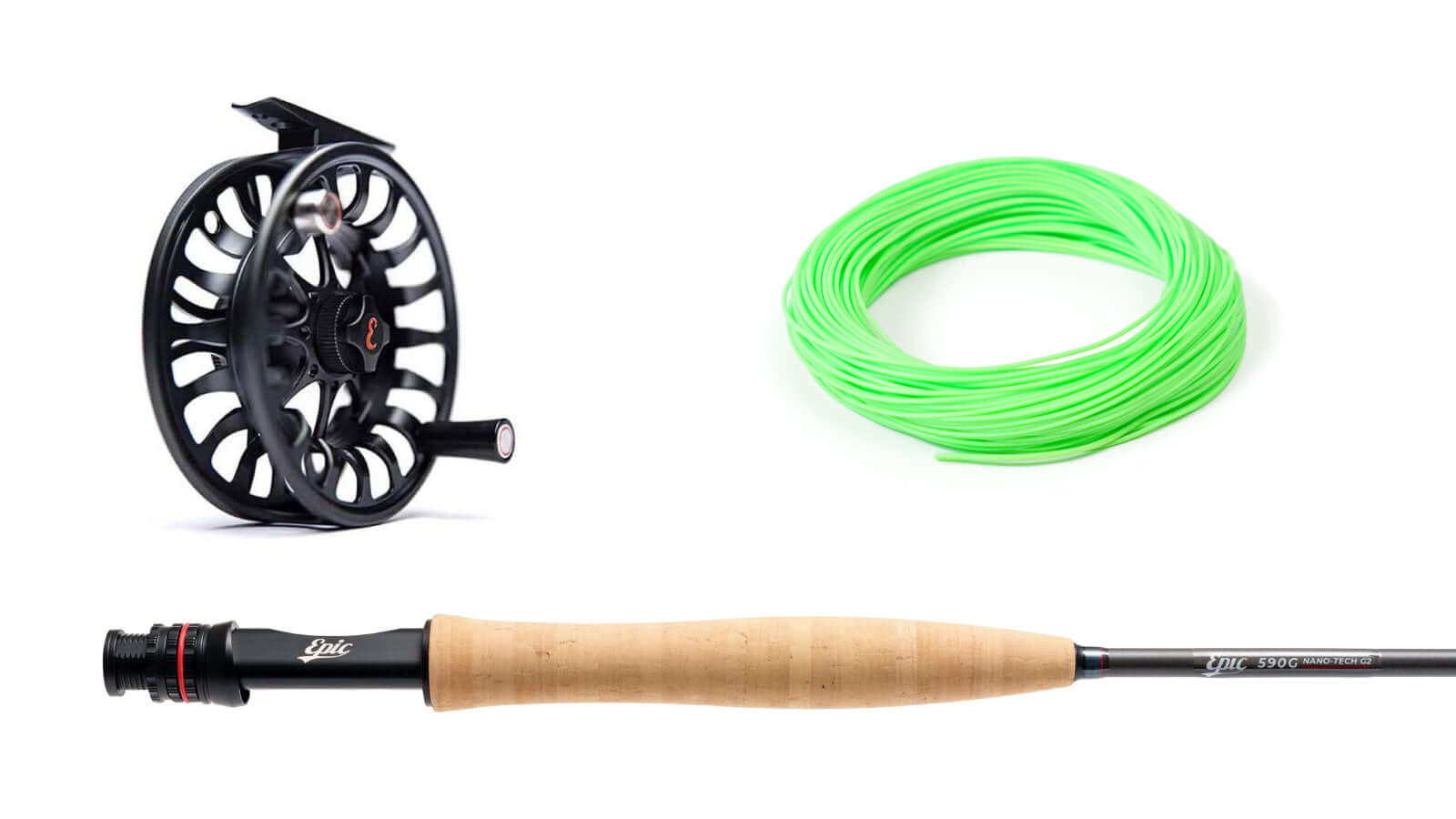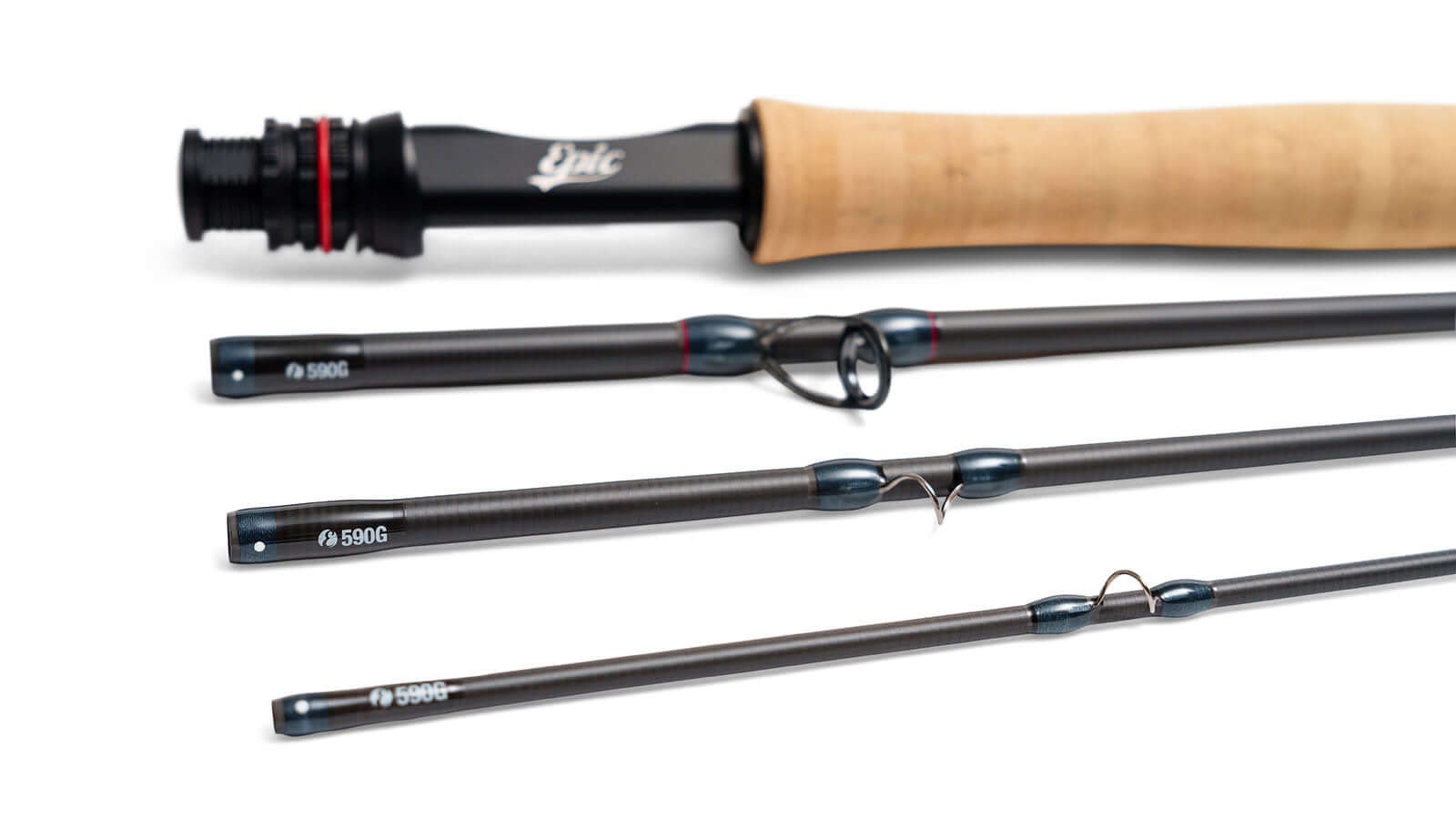What are the triggers that make trout & Salmon run at a specific time?
Every year trout and salmon leave their feeding grounds and begin to migrate back to the small streams and headwater spawning and rearing areas.
And every year at about that time many trout anglers hang up their waders and call it quits for the season. But about this time a hard core group of anglers prepare to chase these migratory trout and salmon populations. Having reached top condition these fish leave the ocean, estuarine/ lower river or lake feeding grounds and make their way back to their birth place and spawning areas.
 Heading for the Headwaters. Epic Ambassador Javier Rosés Dietz heading upstream in Chile.
Heading for the Headwaters. Epic Ambassador Javier Rosés Dietz heading upstream in Chile.
So why are river flows and water temperatures such an important things to keep an eye on if you want to increase your chances at finding and catching migratory fish?
While natural selection and local adaptation over time has helped define the migration and spawning time for different fish populations, and these trails are genetically coded and passed on between generations, there is also a fair amount of flexibility. Hence, there are always variations in the exact date and time fish tend to run due to local variations in river flows, temperature and general conditions.
For example, in drought years river flows often remain lower than normal well into autumn and water temperatures are often much higher than normal in both rivers and or coastal waters. This can in some years delay the annual migration for some populations by weeks.

So how do you find the fish, and why do some of the more experienced migratory fish anglers get extra excited about cold fronts, falling barometers and start to mumble on about *spate rivers and the need for a "fresh" ?
* A spate river is a largely rain-fed, fast-flowing river. These types of rivers are both fast-rising and fast falling. The source of spate rivers begins high up, usually in mountains or hills which attributes to the fast flow.
The Fresh. At the right level, a suitable sized rainstorm can bring on a much needed flood or flow pulse that helps cool down the river temperature a few degrees and trigger fish to run on mass. Increasing river flows also generally stir up all those river specific smells and help deliver environmental cues to lakes and lower rivers that in turn signal that it’s time for the trout to congregate and run up to spawn.
While rivers in flood are often far too dirty and unsafe to fish, or too swift for trout to run up, a slowly falling river is a great time to fish since both cooler weather, dull days and somewhat discoloured water will help make trout more catchable - in theory anyway....
- Rasmus Gabrielsson
Dr Rasmus Gabrielsson is a Fisheries Scientist and is CEO of North Canterbury Fish and Game in the South Island of New Zealand



